Such capabilities are the product of system‐ and organisational‐level capacities, a competent workforce, and a defined and practised preparedness plan 18 (2) Communication services refer to the capacity of public health systems to disseminate accurate and timely information to the public during an emergency 36CAPACITY PLANNING Capacity can be defined as the maximum output rate that can be achieved by a facility The facility may be an entire organization, a division, or only one machine Planning for capacity in a company is usually performed at two levels, each corresponding to either strategic or tactical decisions, as discussed in Chapter 1The first level of capacity decisions is strategic and · There are a number of approaches to assessing capacity for the purposes of assisted decisionmaking arrangements The two traditional approaches are the 'status' approach and the 'cognitive' approach 103 Broadly, the status approach automatically equates certain characteristics or impairments with the loss of legal capacity
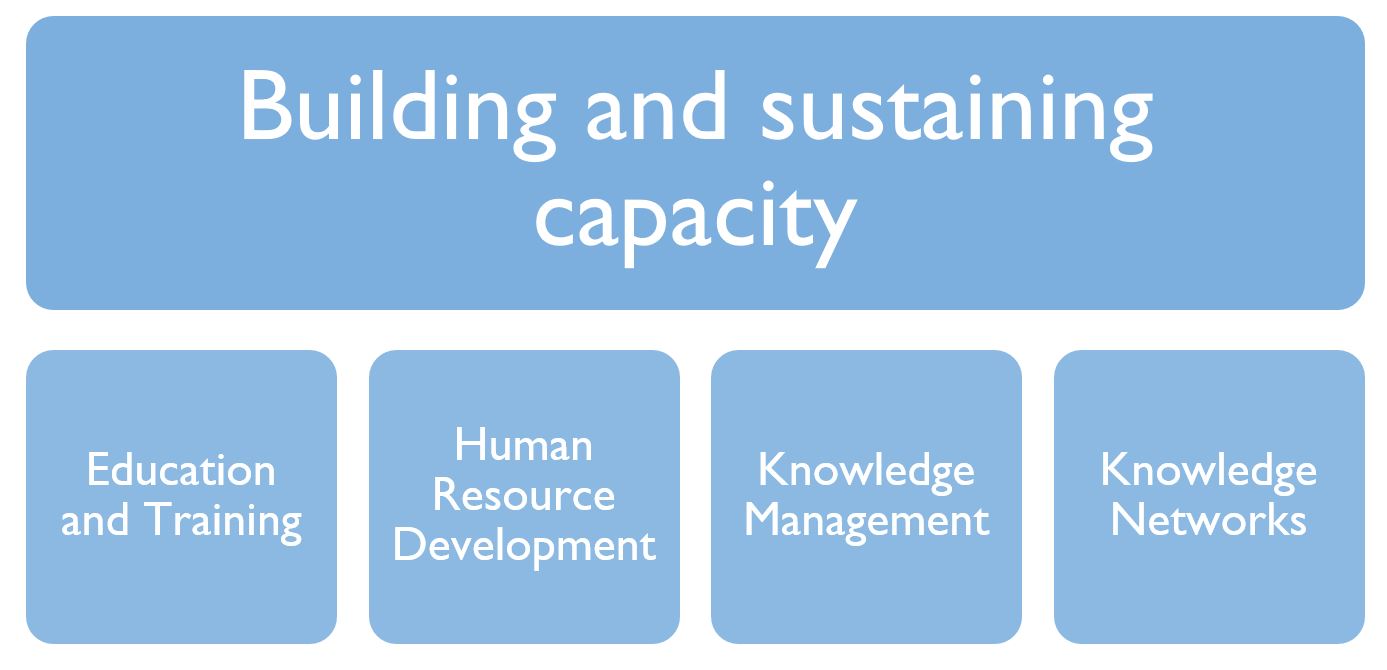
Building And Sustaining Capacity In Nuclear Safety Iaea
Level capacity plan
Level capacity plan-Capacity levels for the planning period The second step will solution approach to a hospital case mix and capacity planning problem on the basis of mathematical programming and simulation analysis that consists of three phases, each of which contains its own importance and functions · There are two general approaches for accomplishing demand and capacity The first is to smooth the demand fluctuations themselves by shifting demand to match existing supply The second general strategy is to adjust capacity to match
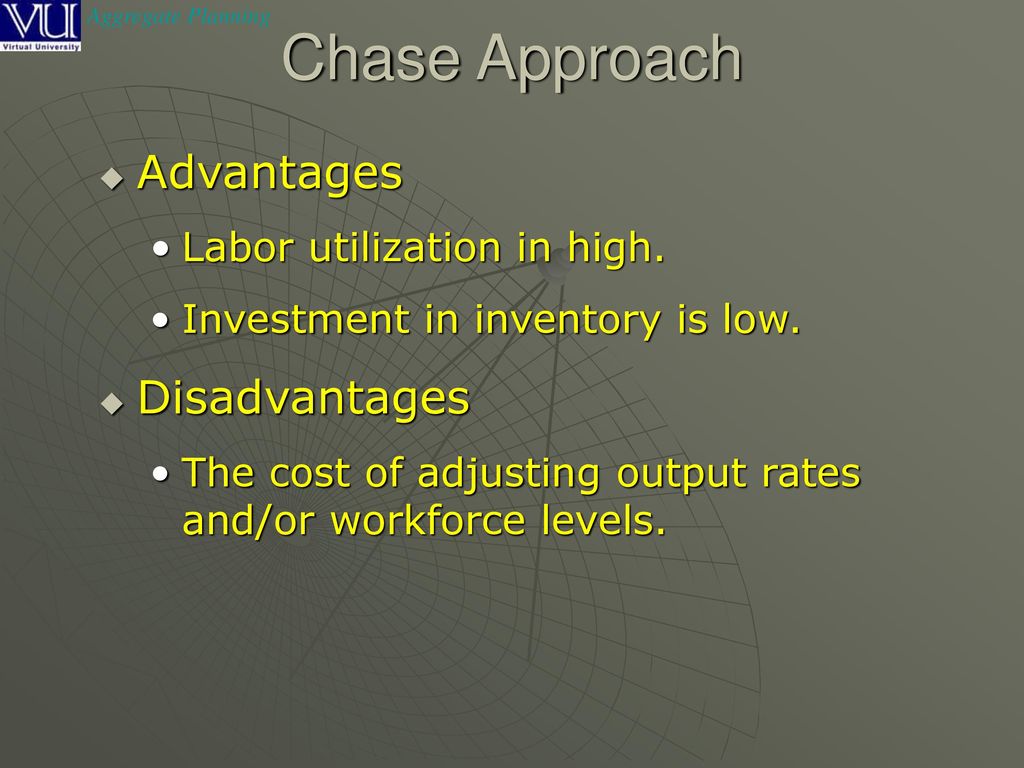



Basic Strategies Level Capacity Strategy Chase Demand Strategy Ppt Download
Capacity level as near to qm as possible in order to minimize its touristic costs The actual level of use, q, which is allowed to vary between q,,, and q*,0116 · Capacity planning is a strategic process whereby a company determines what level of capacity it will need to satisfy the level of demand for its products or services over aCapacity planning is longterm decision that establishes a firm's overall level resources It extends over a time horizon long enough to obtain resources Capacity decisions affect the production lead time, customer responsiveness, operating cost and company ability to compete
Level Scheduling Versus Chase Scheduling Written by Andrew Goldman for Gaebler Ventures How you schedule your workforce can have a major impact on your profitability Two methods of labor force scheduling are discussed in this article When it comes to scheduling your labor force, there are two primary ways to scheduleBeyond that capacity, negative impacts exceed levels specified by evaluative standards such as those for physical deterioration or minimum quality of recreational experience (Lawson and BaudBovy, 1977, Mathieson and Wall, 19)What is the Capability Approach?
Capacity Planning and Management are explained in this videoThe text was created by an experienced Lean Thinker that gives his point of view on the "Capacit1401 · A period's planned quantity of output is equal to that period's expected demand Level capacity strategy When an organization adopts the level capacity strategy then it manufactures at a constant output rate It does not consider any fluctuation or change in the level of demandCapacity Planning Approaches There are four principle methods to approach capacity planning Each method is based on reacting to or planning for market fluctuations and changing levels of demand These capacity planning strategies are match, lag, lead, and adjustment



2




Strategic Capacity Planning Defined Ppt Video Online Download
Oper ations Management R e vision Lectur e 15, Chapt er 11, Capacity Planning and Co ntrol Capacity planning and cont rol is one of t he most important issue s facing businesse s today If the balanc e between capacity and demand is right, operations run smoothly and cust omers are satisfied cost eff ectively If it is not, customers will beSen's capability approach is a moral framework Itproposes thatsocial arrangements should beprimarily evaluated according to the extent offreedom people have to promote or achievefunctionings they value This is anEvaluative Approach · It is important to know about aggregate planning while creating production schedule Aggregate planning is the procedure of creating a production schedule for a given period It starts after listing out all the requirements that are crucial for uninterrupted production Aggregate planning covers elements like human resources, raw materials, financial planning, operations,




Capacity Building In The Children And Young People S Sector In Ireland A Field Level Study The Atlantic Philanthropies




Strategic Capacity Planning Capacity Utilization Rate Discussion Chapter 11 Pdf Free Download
The framework for measuring change in capacity presented in this paper captures capacity at two levels at one level are capacities that enable an institution to perform effectively and efficiently, repeat good performance over time, and manage change and shocks as they come Change in capacities at this level is reflected in outcomesCapacity management affects all areas of an operation Capacity measures the rate that the operation can transform inputs into outputs Capacity is about the quantity of a product or service that can be made within a given time period This, for example, could be; · Carrying capacity is the desired or optimal level of utilization of a given resource;




European Capacity Mechanisms Infographic Icis




The Four Levels Of Capacity Development Download Scientific Diagram
Regional approach to building operational level capacity for disaster planning the case of the Eastern Africa region Bazeyo W, Mayega RW, Orach GC, Kiguli J, Mamuya S, Tabu JS, Sena L, Rugigana E, Mapatano M, Lewy D, Mock N, Burnham G, Keim M, Killewo JLevel capacity strategy When an organization adopts the level capacity strategy then it manufactures at a constant output rate It does not consider any fluctuation or change in the level of demand This may lead to stockpiling or holding of inventory in high quantity, when there is a decrease in the demand level · 3 Types of Capacity Management Capacity management is the process of planning the resources required to meet business demands This includes capacity forecasting, planning, monitoring and performance analysis This can happen at three levels in an organization




Lecture 7 Production Planning System Revisited Books Introduction




Building And Sustaining Capacity In Nuclear Safety Iaea
· Capacity planning is more high level and helps you determine what and how many resources you need to meet demand Resource planning takes the number of resources available (as determined by your capacity planning) and allocates them to individual projectsEmphasised individual capacity to the exclusion of organisational and institutional capacity There is a growing awareness that human resource development alone is not the answer to capacity constraints in most institutions These levels are depicted in Table 1 Civil Society Capacity Development Results Framework by Level1716 · In order to determine which is the appropriate approach to building peace, one must understand who acts on each level, and what actions are best taken at each level The levels are 1) the top elite, 2) the middlerange, and 3) the grassroots 2 Thinking of peacebuilding in terms of a pyramid provides a simple way to describe the numbers of




Basic Strategies Level Capacity Strategy Chase Demand Strategy Ppt Download



Evaluation Detail
33 7 The Highway Capacity Manual (HCM) procedure is designed to analyze twolane highway segments for (1) twoway traffic, (2) for a specific direction, or (3) for a directional segment with a passing lane Capacity and Level of Service There are two measures used to describe the service quality of a twoSource Highway Capacity Manual 10 , Transportation Research Board, 10 1 If the volumetocapacity (v/c) ratio for a lane group exceeds 10 LOS F is assigned to the individual lane group LOS for overall approach or intersection is determined solely by the control delaySure, you won't have to deal with risks like excess capacity (like in lead planning) and you'll also have high rates of capacity utilization as you only focus on existing resources However, as you won't have enough inventory to deal with a sudden spike in demand , taking the lag approach can lead to stockouts or low service levels, which results in a loss of potential customers




The Four Levels Of Capacity Development Download Scientific Diagram




Tata Mcgraw Chapter 5 Strategic Capacity Management Ppt Download
Simply put, if capacity is the means to plan and achieve, then capacity development describes the ways to those means An essential ingredient in the UNDP capacity development approach is transformation For an activity to meet the standard of capacity development as practiced and promoted by UNDP, it must bring about transformation that is• The number of passengers per flight on an aeroplaneThis reformulation leverages the strong duality property of the lowerlevel LP Stochastic models for capacity planning have been previously studied in different contexts GD Eppen et al (19) described a scenario based approach to address capacity planning problems in




25 1 Determine The Capacity And Level Of Service F Chegg Com




Knowledge Management Capacity Development Building Capacities To Empower
1917 · Lead Strategy An upfront investment in more capacity that you need This can be done when capacity is inexpensive or difficult to obtain For example, a new vineyard anticipates using less than 10 acres of land in its first 5 years but purchases 100 acres of land as a long term investment in the businessBackground Many approaches to improving health managers' capacity in poor countries, particularly those pursued by external agencies, employ nonparticipatory approaches and often seek to circumvent (rather than strengthen) weak public management structures This limits opportunities for strengthening local health managers' capacity, improving resource utilisation · 7 thoughts on " Mending the water level faults " Anthony Bolding May 17, 15 at 516 am Thanks for this We have a 750, not had the faults you have but our water gauge stopped working yesterday Looks like water in the level sensor
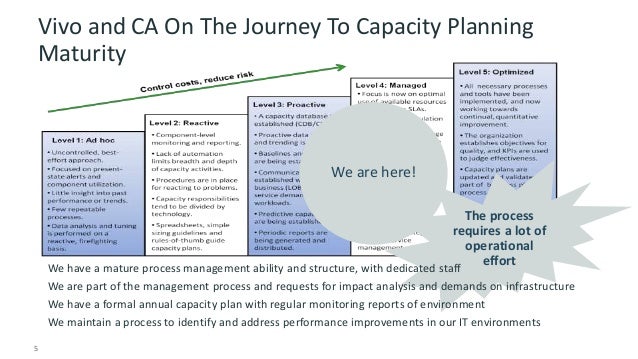



Case Study Vivo Automated It Capacity Management To Optimize Usage O




Evaluating Capacity Development Better Evaluation
This revision video provides an overview of the concept of capacity, capacity utilisation and some of the issues facing businesses operating at low or high uLevel Capacity Plan The inventory size is varied keeping the workforce size and utilization of work constant The number of workers ( working size) is kept constant throughout the time period under consideration During months of low demand the excess units required over the units produced are taken from the inventoryApproach the reduction of fishing capacity with care, As costs, prices, and abundance fluctuate, capacity levels need to be adjusted by the appropriate tax The tax needs to be adjusted on a timely basis With ITQs, these adjustments occur in the ITQ market automatically to determine the optimal capacity level
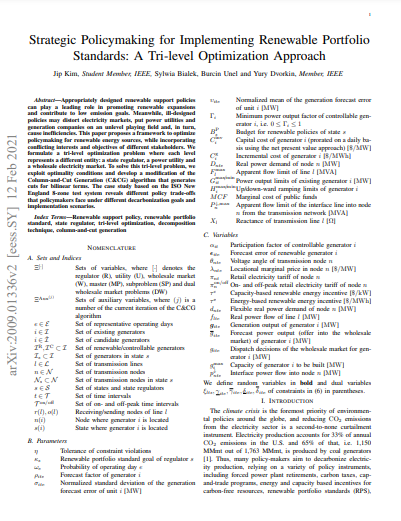



Strategic Policymaking For Implementing Renewable Portfolio Standards A Tri Level Optimization Approach Institute For Policy Integrity




Who Human Capacity Building Plan For Scaling Up Hiv Aids Treatment
It promotes a capacity building approach to development in the 166 countries it is active in It focuses on building capacity on an institutional level and offers a 5?step process for systematic capacity building The steps are Engage stakeholders on capacity developmentConcept of Capacity Planning It means the optimum level of output that can be gotten within a specified period It means the optimum level of output, given the changes in product mix, equipment maintenance, programming and operating issues, labor problems, etc It usually is less than the total design capacityAbsorptive capacity at the individual level an ambidexterity approach to external engagement Anne ter Wal Business School aterwal@imperialacuk Paola Criscuolo pcriscuolo@imperialacuk Ammon Salter asalter@imperialacuk Abstract The ability of an individual to capture knowledge from outside the firm is a critical element in the




Evaluating Capacity Development Better Evaluation




Evaluating Capacity Development Better Evaluation
· Related to capacity planning is capacity requirements planning, which is when an organization decides how much it needs to produce and whether it is capable of doing so Therefore, capacity requirements planning allows companies to meet supply and demand · One approach to leveling (also known as heijunka 平準化, or production smoothing) is capacity leveling Do not add more production orders into the system than what the system can handle Try to produce the same total quantity every dayPoints of entryUNDP recognizes that capacity resides on different levels – the enabling environment, the organizational and the individual Each of these levels can be the point of entry for a capacity assessment The UNDP Capacity Assessment Framework is specifically tailored to the enabling environment and the organizational level;
/investopedia5cscredit-5c8ffbb846e0fb00016ee129.jpg)



Five Cs Of Credit Definition




Approach To Capacity Development Thl
Level Capacity Plan Definition An approach to mediumterm capacity management that attempts to keep output from an operation or its capacity constant, irrespective of demand Operations Management by Nigel Slack, Alistair BrandonJones, Robert JohnstonThe use of a level strategy means that a company will produce at a constant rate regardless of the demand level In companies that produce to stock, this means that finished goods inventory levels will grow during low demand periods and decrease during high demand periods
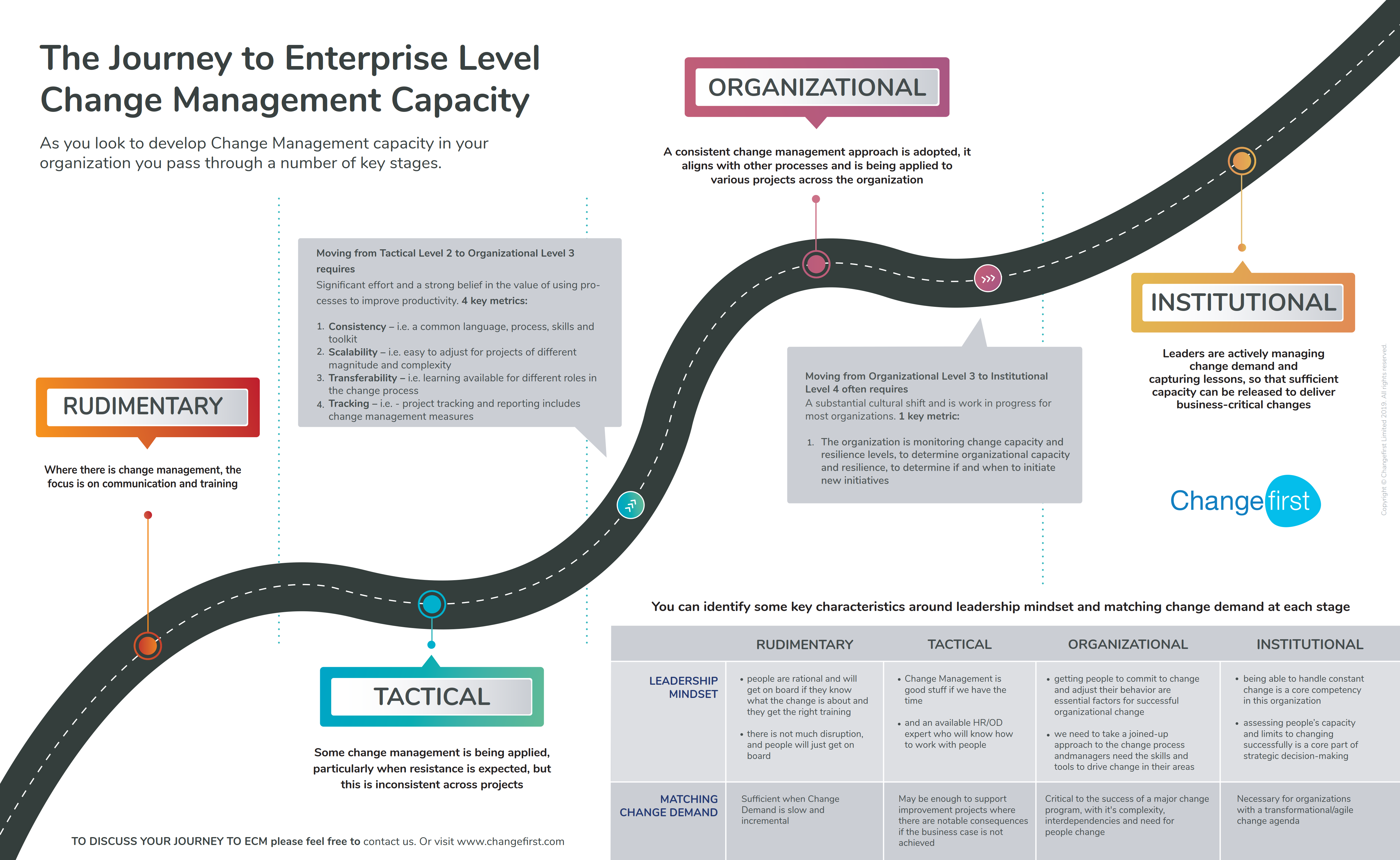



Infographic The Journey To Enterprise Level Change Management Capacity
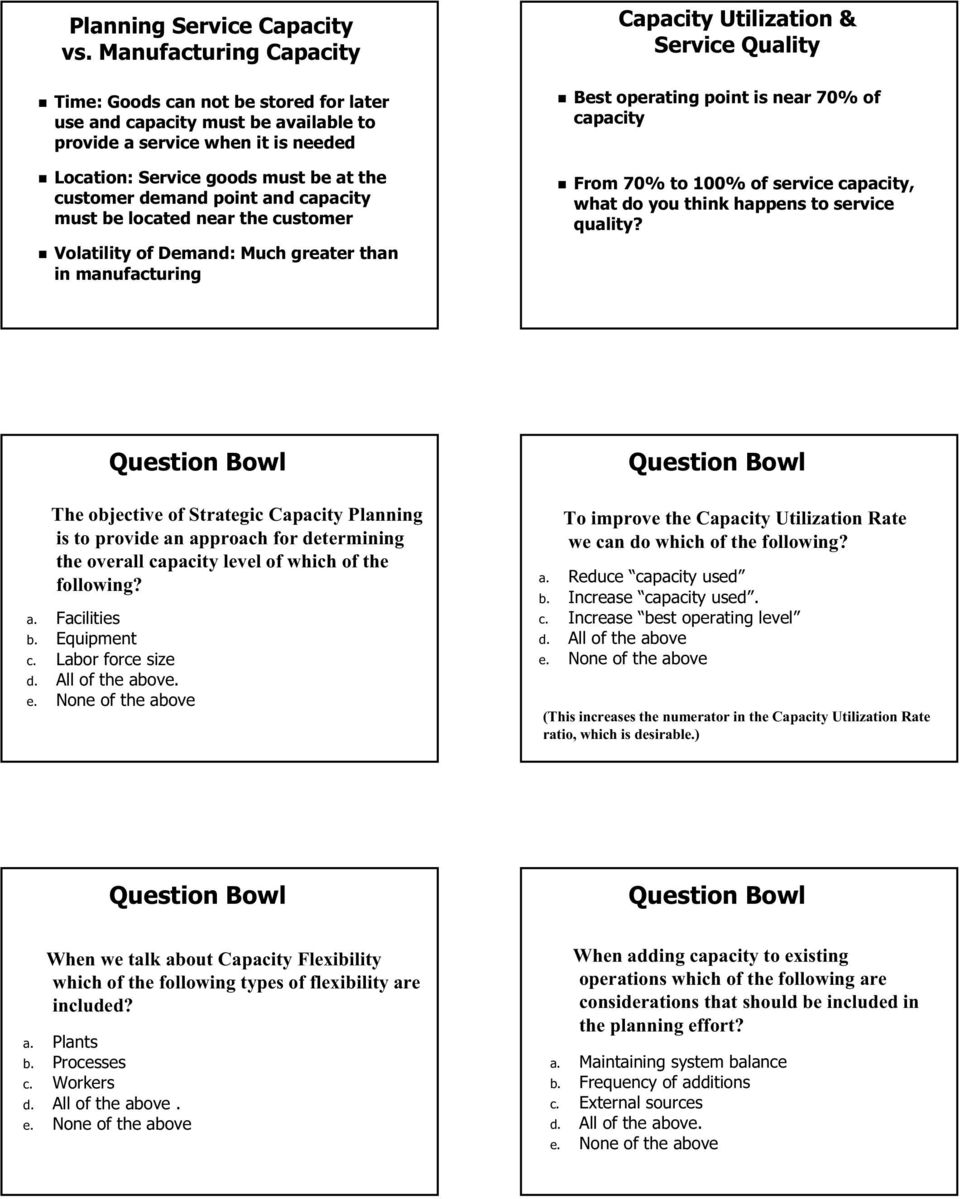



Aggregate Capacity Planning Pdf Free Download
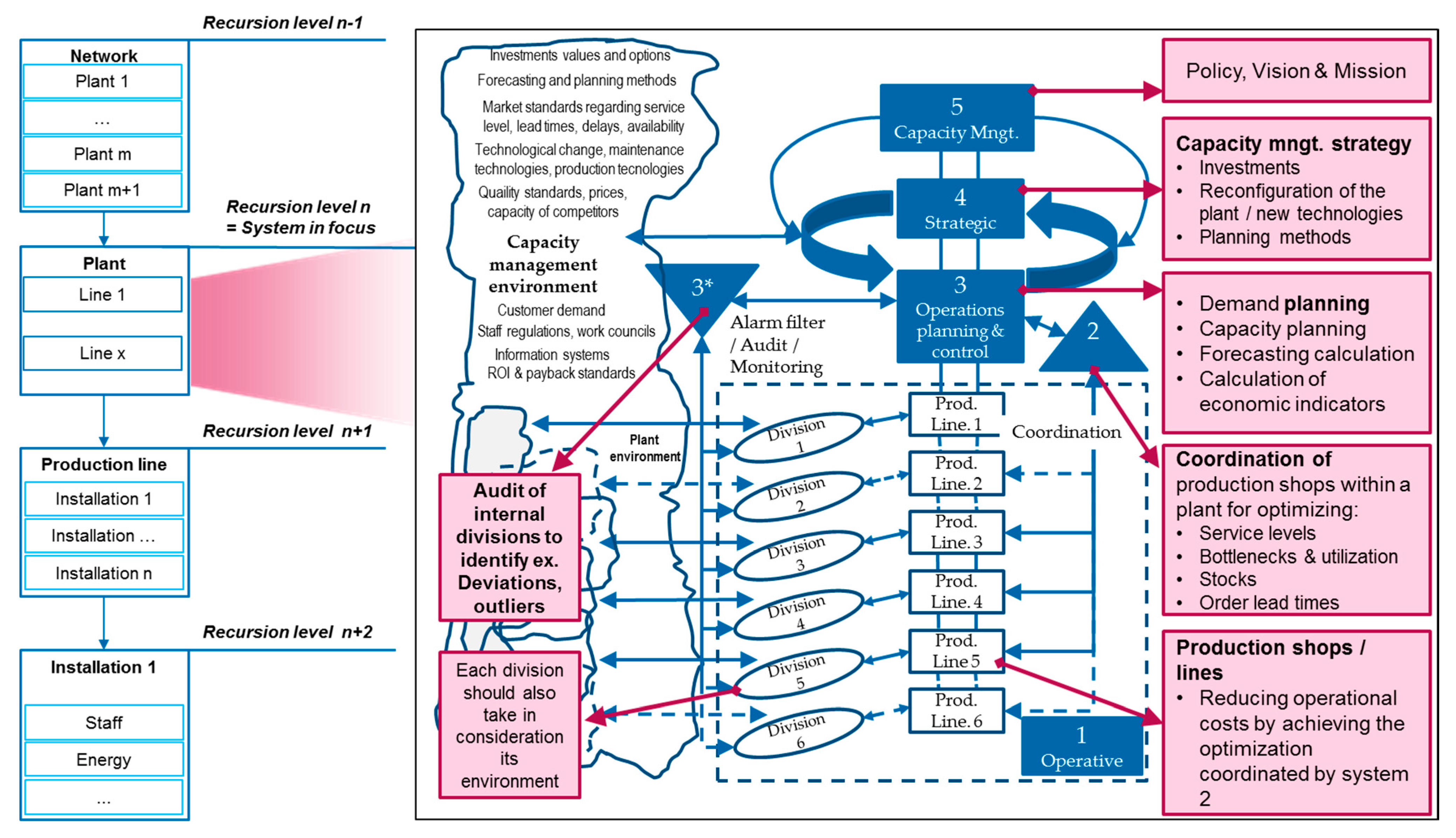



Applied Sciences Free Full Text Design And Simulation Of A Capacity Management Model Using A Digital Twin Approach Based On The Viable System Model Case Study Of An Automotive Plant Html




1 Introduction And Research Approach Capacity Analysis Of Traffic Actuated Intersections Final Report The National Academies Press




A Comparison Between Topdown And Bottom Up Approaches To Capacity Download Scientific Diagram




Multi Level Approach Of Capacity Development Based On Adaptive Download Scientific Diagram
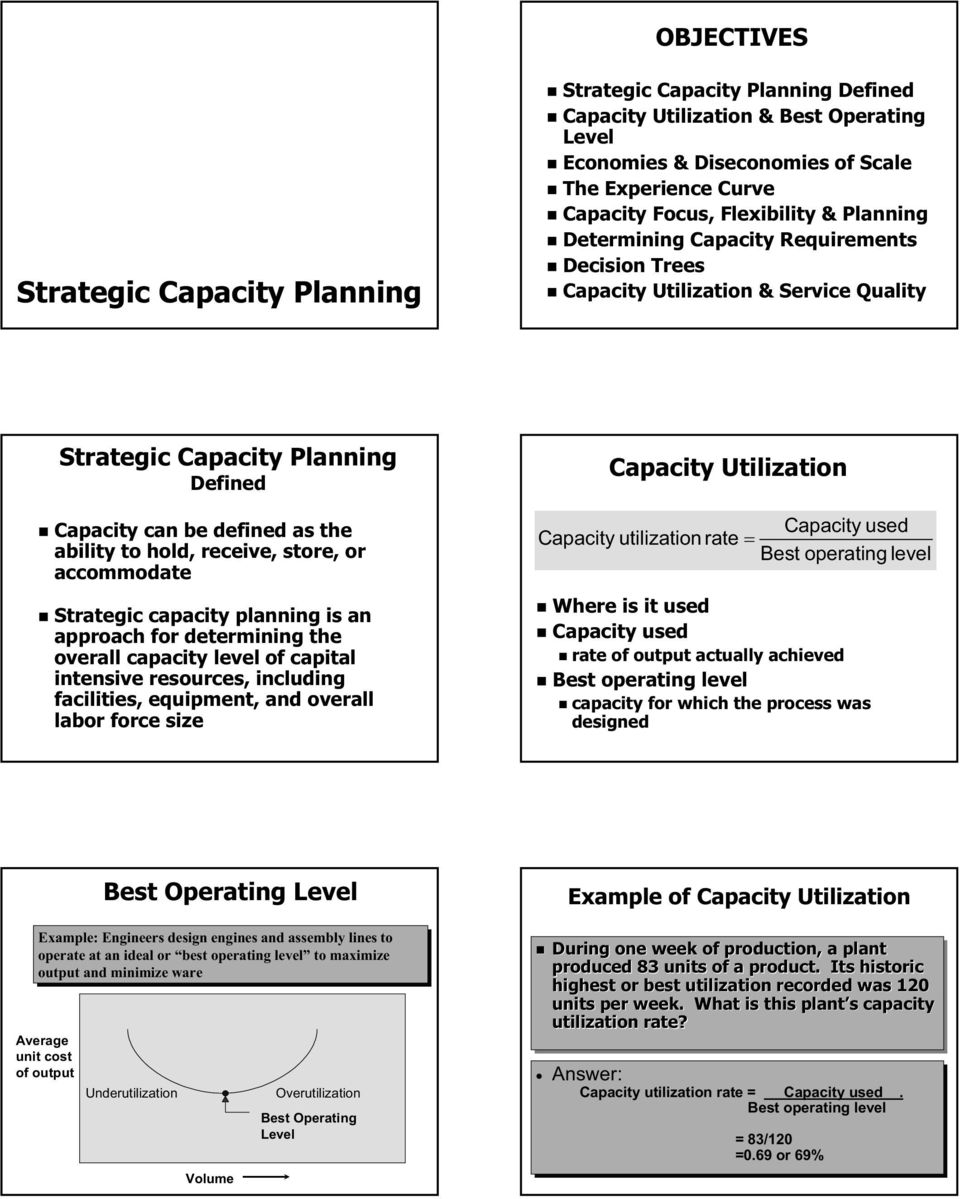



Aggregate Capacity Planning Pdf Free Download
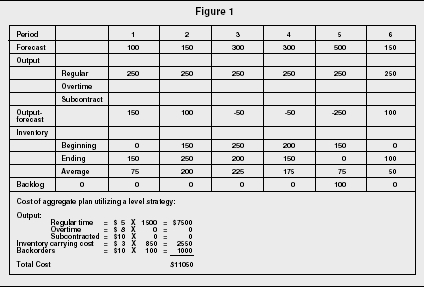



Aggregate Planning Strategy Organization Levels System Examples Model Type Company System




Capacity Building Advocacy Csa




Aggregate Planning Strategy Organization Levels System Examples Model Type Company System
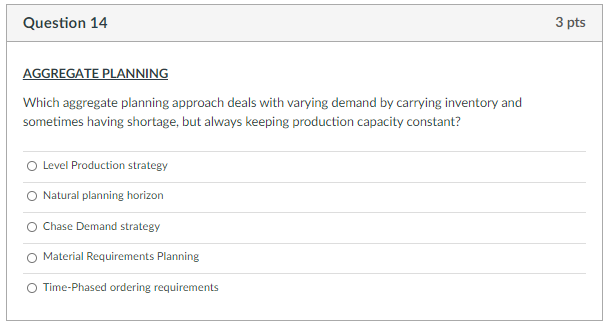



Solved Question 14 3 Pts Aggregate Planning Which Aggrega Chegg Com




Pdf A Multi Level Modeling Approach For Simulation Based Capacity Planning And Scheduling Of Aircraft Maintenance Projects Semantic Scholar




Airport Capacity Building Aci S Approach Uniting Aviation




Capacity Planning
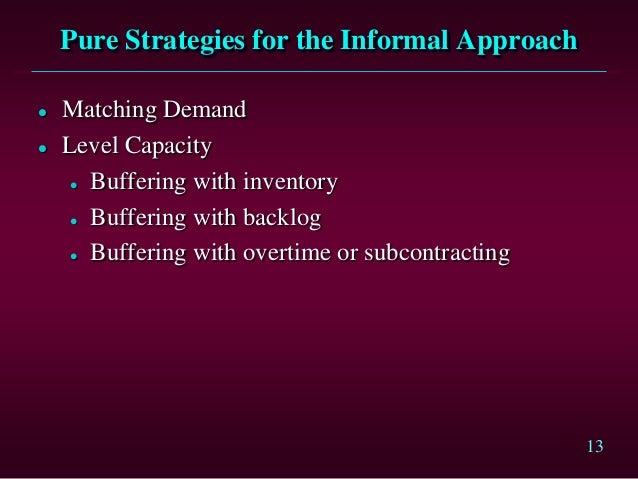



Production Planning
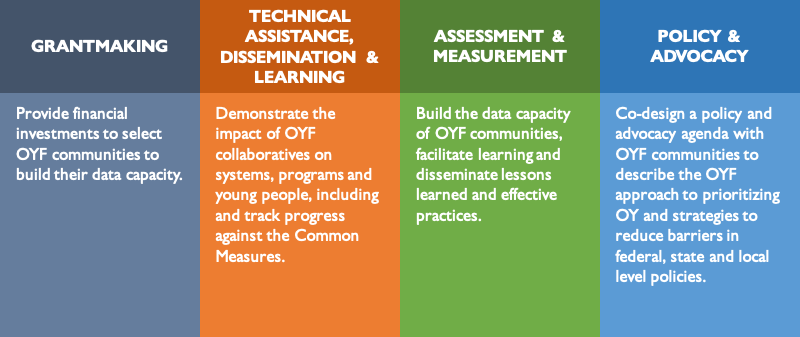



Data For Impact Strategies The Aspen Institute Forum For Community Solutions




Production Planning Control Chapter 2 Aggregate Planning Master Production Scheduling Chapter2 1 Pdf Free Download




Demand Management English




Pdf An Approach To Capacity Planning Of Distribution Warehouses For X Firm Semantic Scholar
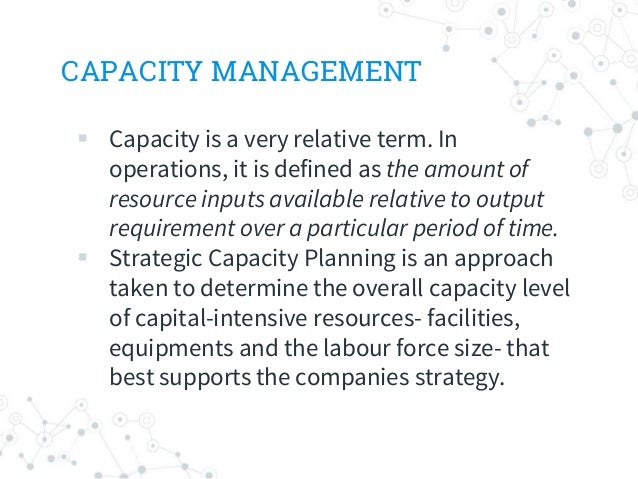



Capacity Management




Topic Capacity And Facilities Subject Operation Management Guided




The Relationship Between Operations Complexity Precision Level Of Download Scientific Diagram




Chapter Three Candidate Models Capacity And Level Of Service At Unsignalized Intersections Final Report Volume 1 Two Way Stop Controlled Intersections The National Academies Press




Undp And Capacity Development Tbilisi Georgia September 06




Topic Capacity And Facilities Subject Operation Management Guided




Strategic Capacity Management Chapter 3 Learning Objectives After Completing The Chapter You Will Know What The Concept Of Capacity Is And How Important Ppt Download




Capability Maturity Model Integration Wikipedia




Building Capacity To Influence Public Policy Grantcraft




Pdf An Approach To Capacity Planning Of Distribution Warehouses For X Firm Semantic Scholar




Supply Chain Management Scm Aggregate Planning Ppt Video Online Download




A Simple To Use Management Approach To Boost Adaptive Capacity Of Forests To Global Uncertainty Sciencedirect
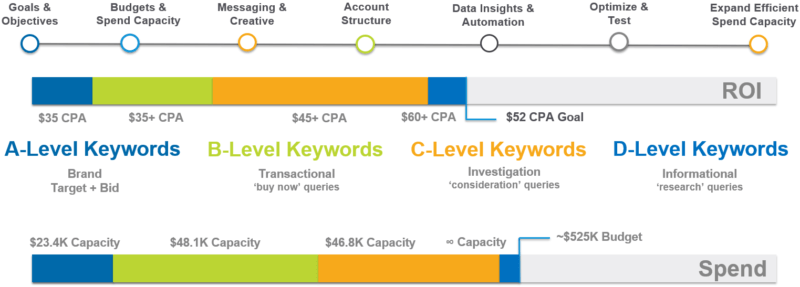



How To Create An Roi Based Management Approach For Paid Search Success Online Sales Guide Tips




A System Of Systems Approach Part I The Future Of National Infrastructure




Naas Playbook Capacity Planning Telecom Infra Project




Evaluating Capacity Development Better Evaluation




A Multi Level Modeling Approach For Simulation Based Capacity Planning And Scheduling Of Aircraft Maintenance Projects Semantic Scholar




Levels Of Analytical Approaches For Capacity Analysis Download Scientific Diagram
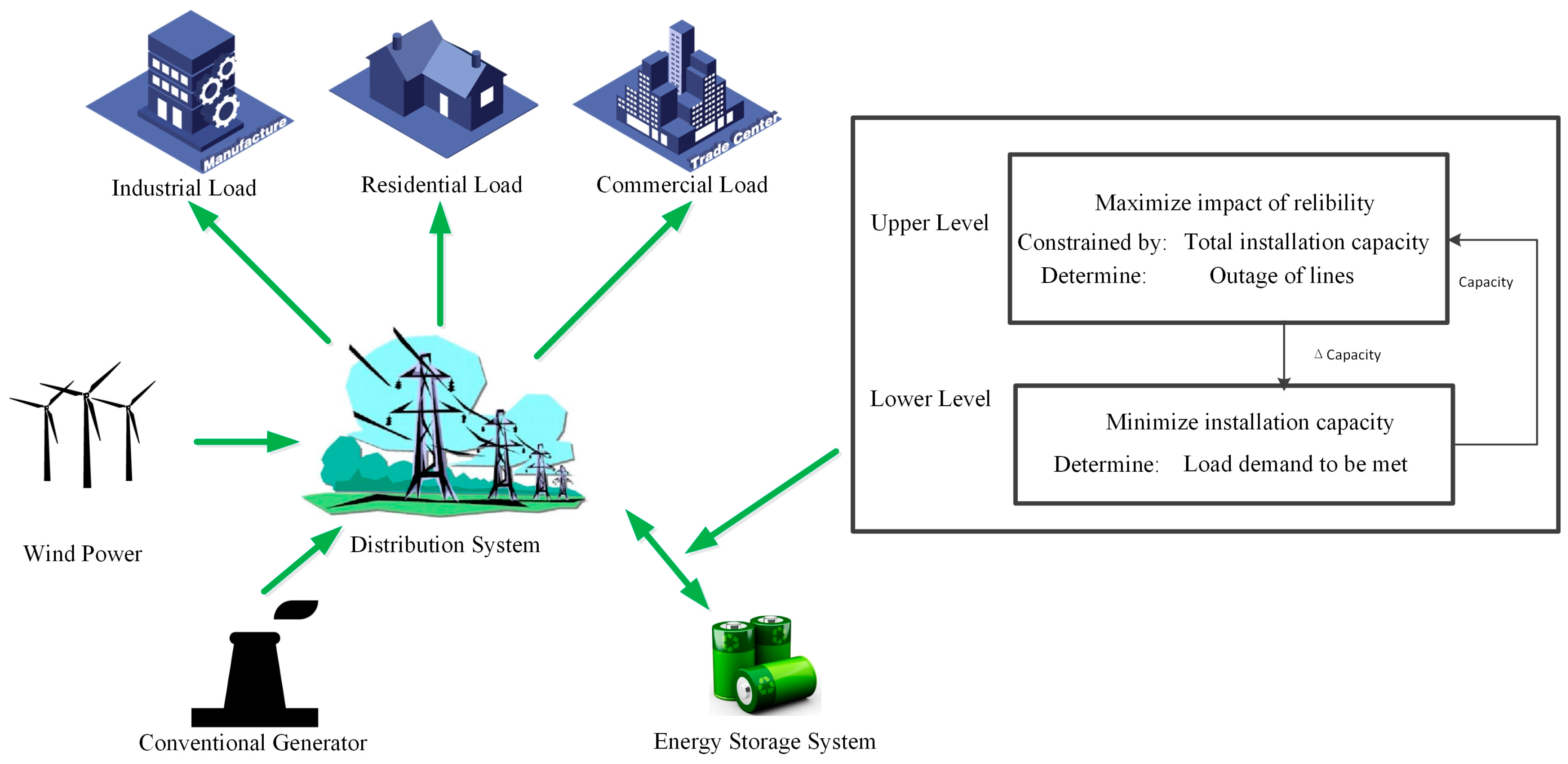



Applied Sciences Free Full Text Bi Level Programming Approach For The Optimal Allocation Of Energy Storage Systems In Distribution Networks Html
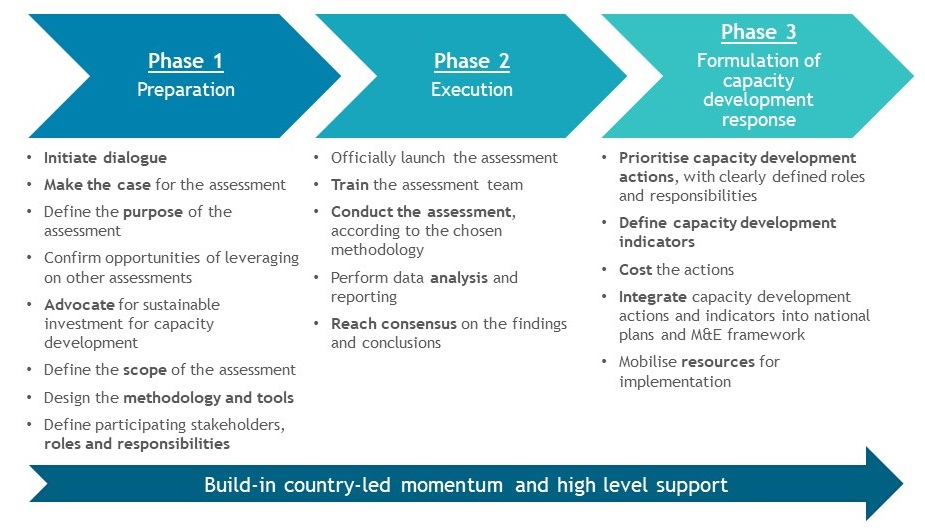



Nipn Capacity Development Plan Nipn
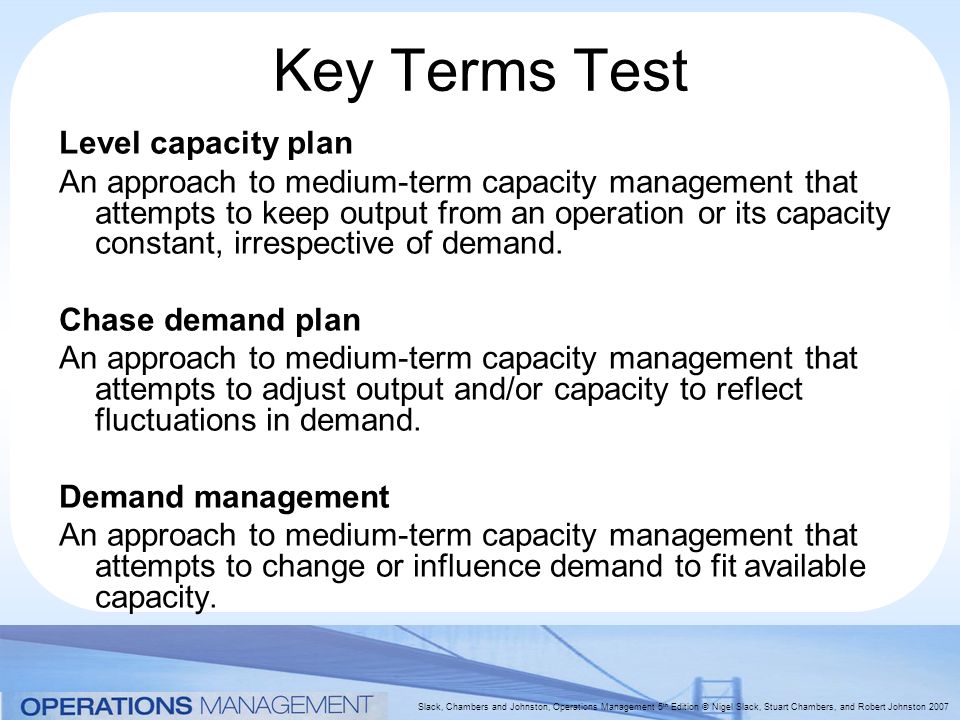



Capacity Planning And Control Ppt Video Online Download




Evaluating Capacity Development Better Evaluation
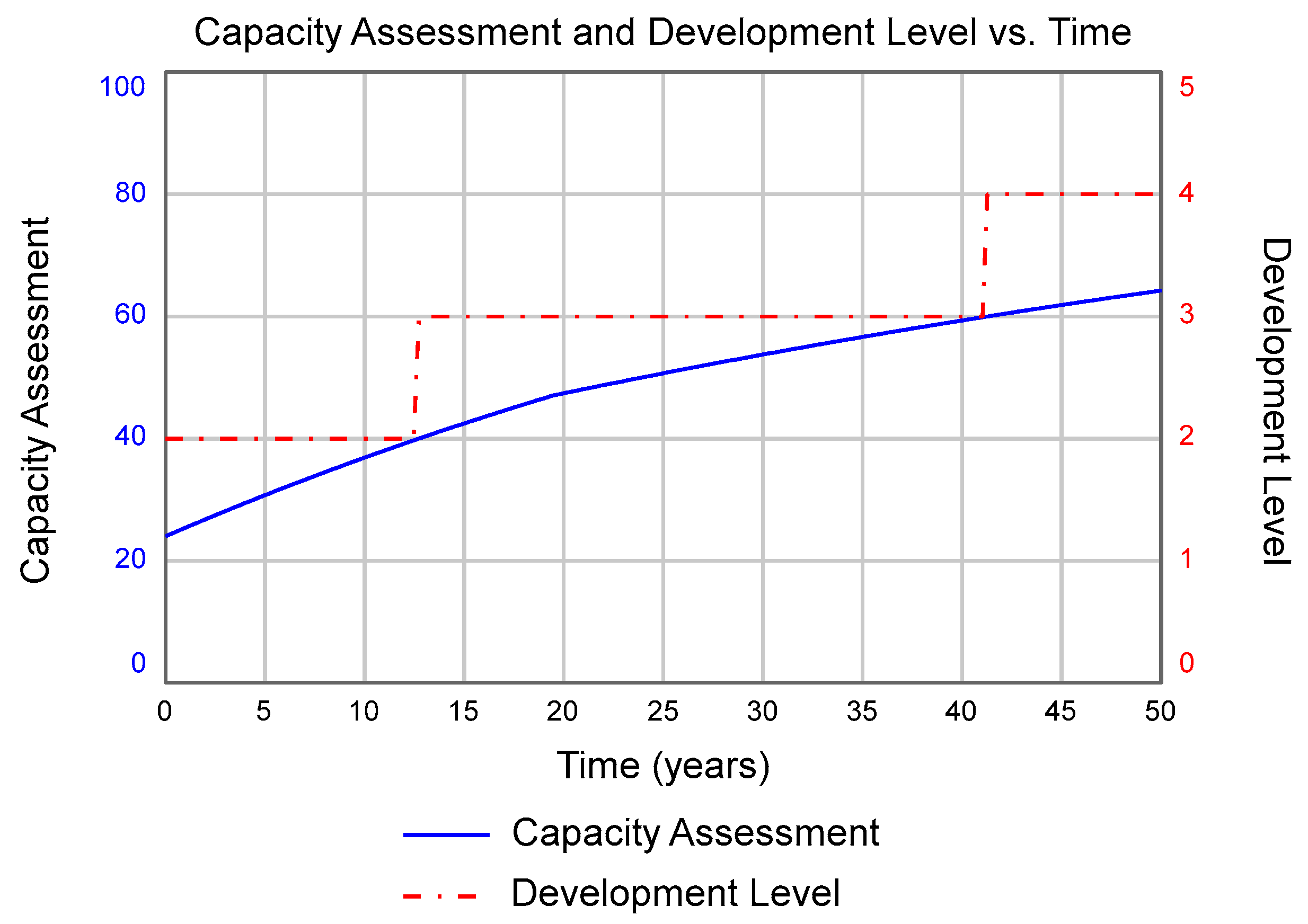



Challenges Free Full Text A Systems Approach To Building Community Capacity And Resilience Html



1




Capacity Building Wikipedia
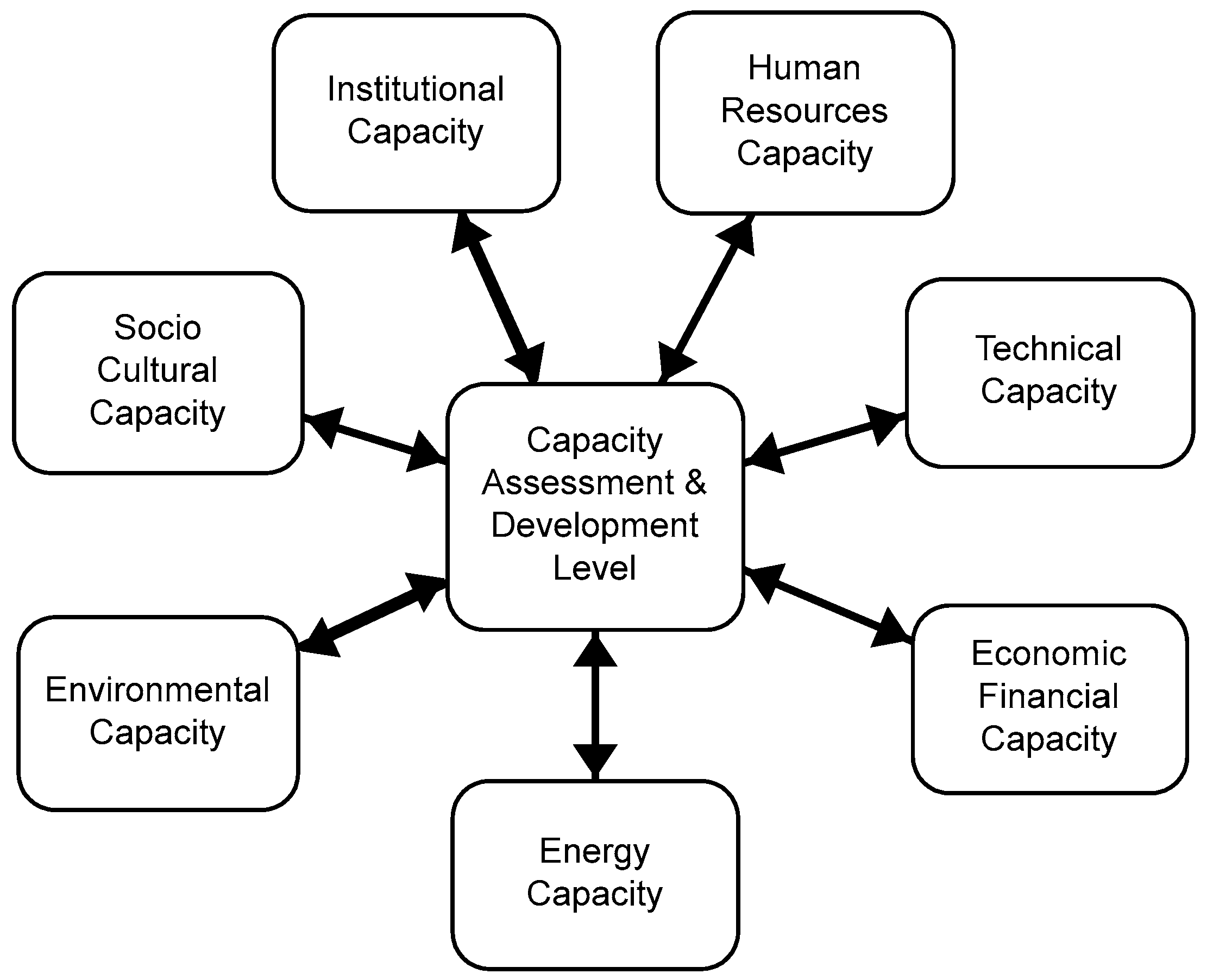



Challenges Free Full Text A Systems Approach To Building Community Capacity And Resilience Html




Chapter 5 How To Select The Appropriate Airfield Capacity Model Evaluating Airfield Capacity The National Academies Press




Knowledge Management Capacity Development Building Capacities To Empower



Plos Computational Biology Systems Level Computational Modeling Demonstrates Fuel Selection Switching In High Capacity Running And Low Capacity Running Rats
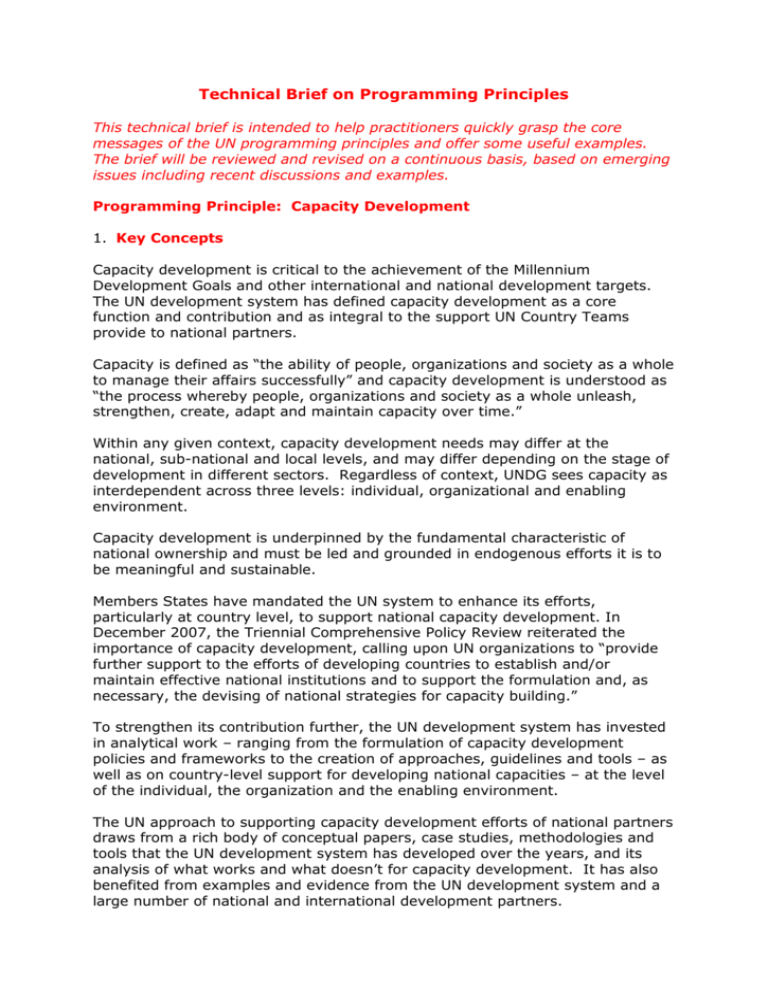



Capacity Development



1



Monitor Capacity Development Fao Capacity Development Food And Agriculture Organization Of The United Nations
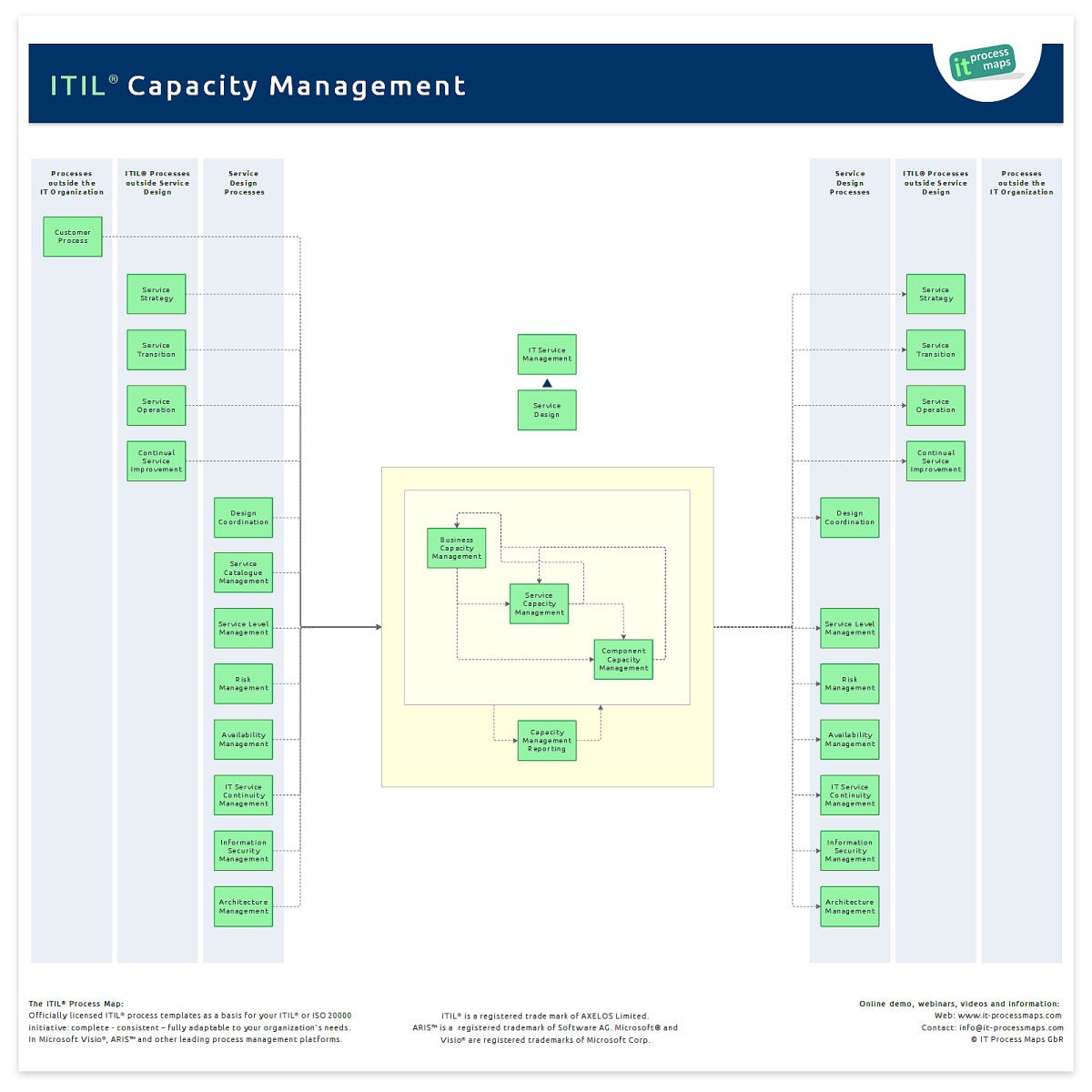



Capacity Management It Process Wiki




Lessons Learned From A Multilevel Capacity Building Approach To Center Race In Health Equity Advocacy In Colorado Grantmakers For Effective Organizations




How To Assess Existing Capacity And Define Capacity Needs Learning Network On Capacity Development



Q Tbn And9gcqcpf6jpmpiiyge1t9oz6fqnfss6kxc7d9qu Tp8k8dkrgohr6j Usqp Cau



2




Capacity Building Impact South Asia




1 A Three Level Approach To Institutional Capacity Download Scientific Diagram




Mcq S Week 7 Capacity Management Chapter Week Capacity Management Which Of The Studocu



Iteration Planning Scaled Agile Framework
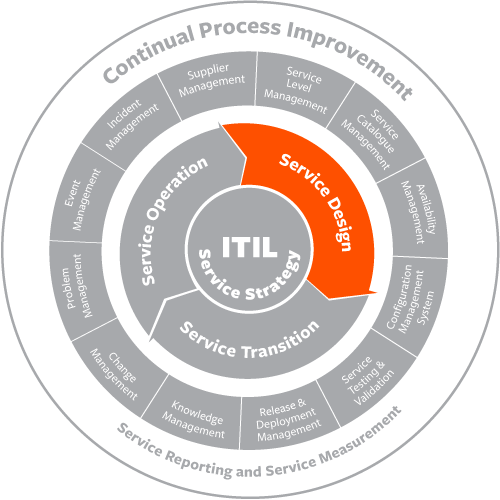



Itil Capacity Management Bmc Software Blogs




Hosting Capacity Approach Youtube




Which Of The Following Is Not A Factor In Capacity Chegg Com




Project Scheduling Approach To Production Planning Citeseerx
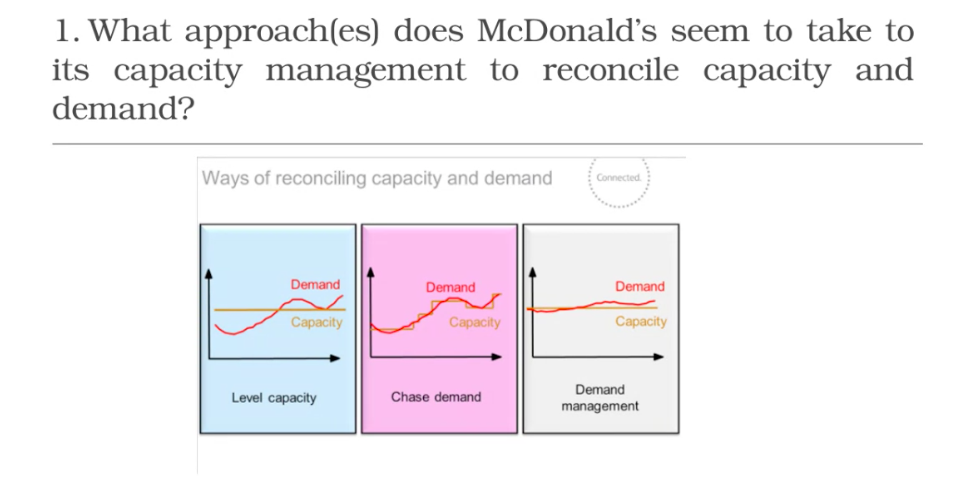



Solved Hi Could Helop Me Please With This Task By Guiding Chegg Com
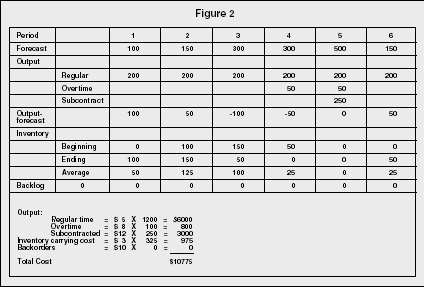



Aggregate Planning Strategy Organization Levels System Examples Model Type Company System




Appendix B Lane Utilization Adjustment Factors For Interchange Ramp Terminals Default Values For Highway Capacity And Level Of Service Analyses The National Academies Press




A Practical And Systematic Approach To Organisational Capacity Strengthening For Research In The Health Sector In Africa Topic Of Research Paper In Educational Sciences Download Scholarly Article Pdf And Read For




Level Capacity Plan Approach Ppt Powerpoint Presentation Summary Cpb Powerpoint Shapes Powerpoint Slide Deck Template Presentation Visual Aids Slide Ppt




Aggregate Planning




Solved Which Of The Following Is Considered To Be Advanta Chegg Com




Pdf A Step By Step Approach To Capacity Planning In Clienttserver Systems 5 1 Introduction Semantic Scholar




Evaluating Capacity Development Better Evaluation



1




Capacity Planning Cp 1 Ppt Powerpoint




The Four Levels Of Capacity Development Download Scientific Diagram
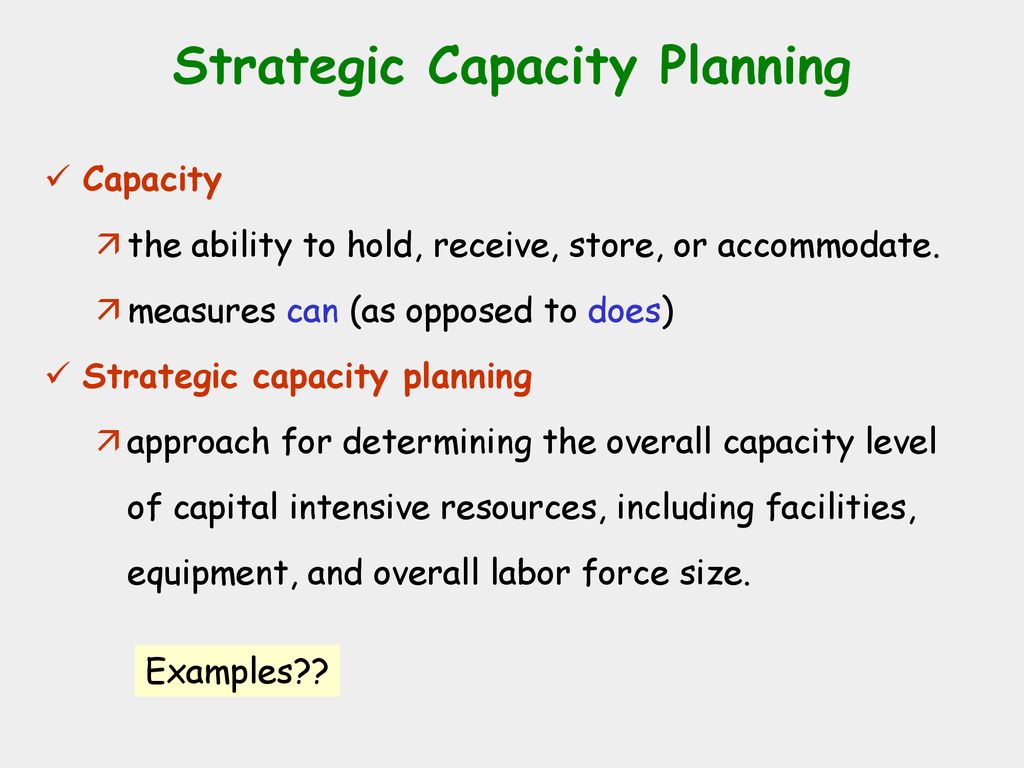



Chapter 3 Strategic Capacity Management Ppt Download
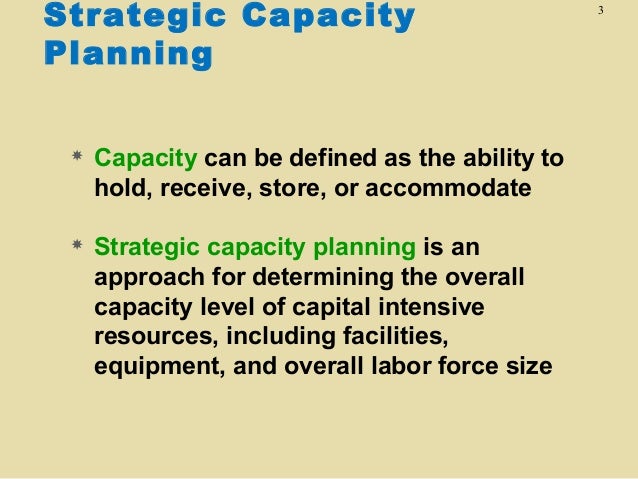



Ch11 Strg Capacity Mgt




Level Capacity Plan Approach Ppt Powerpoint Presentation Summary Cpb Powerpoint Shapes Powerpoint Slide Deck Template Presentation Visual Aids Slide Ppt




Pdf An Optimisation Approach For Capacity Planning Modelling Insights And Empirical Findings From A Tactical Perspective Semantic Scholar




Basic Strategies Level Capacity Strategy Chase Demand Strategy Ppt Download




Datacenter Transformation Strategy An End To End Approach



0 件のコメント:
コメントを投稿